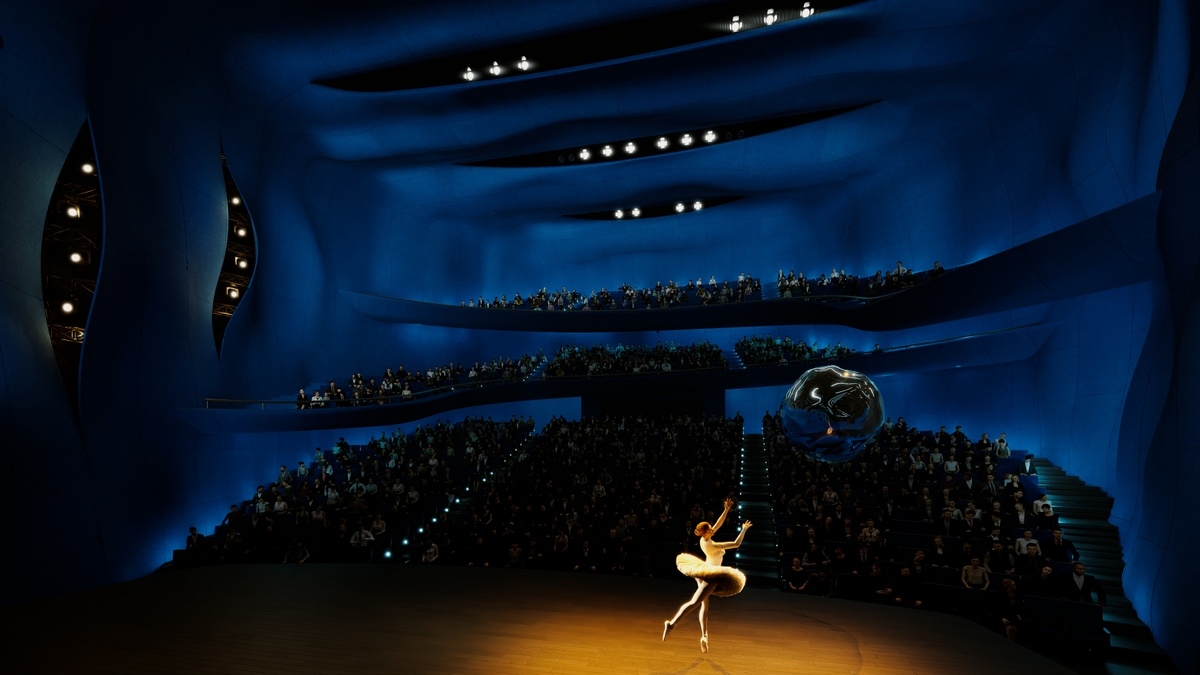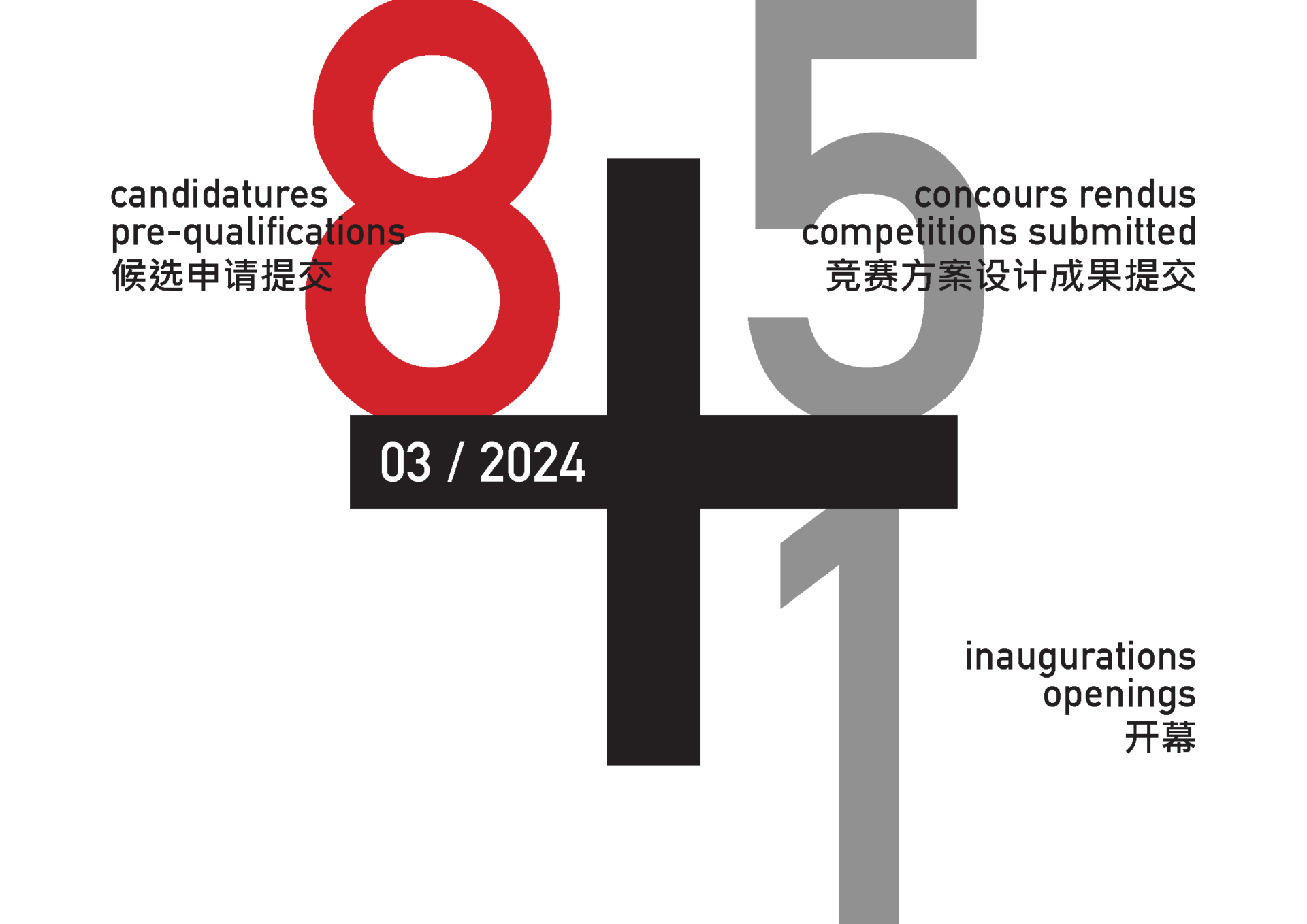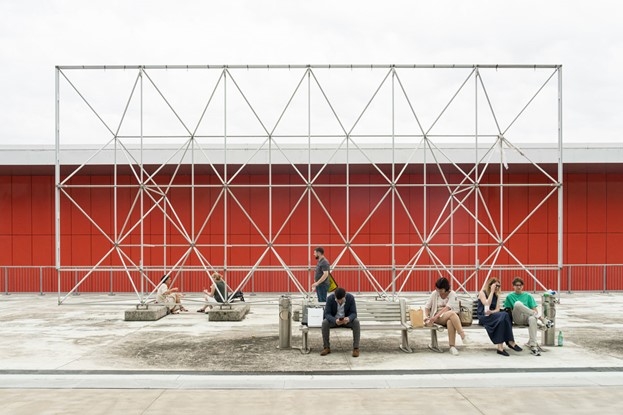Scenographic needs and recommendations for dance

In the world of dance, as in any other artistic field, scenographic requirements play a crucial role in the design of a venue. Baptiste Karoubi and Reda Boulaarab, project managers at dUCKS scéno and dance enthusiasts, share their expertise with us and give us an insight into the artistic and architectural issues shaping dance performances today.
Baptiste Karoubi and Reda Boulaarab, project managers at dUCKS scéno, both have a strong connection with the world of dance. Baptiste begins: “After completing my master’s degree, I joined dUCKS scéno in 2018. At the same time, I co-created a dance company. So, I have experience of touring dance venues. Today, I’m in charge of museum and exhibition space projects, but I also have a role in all projects associated with dance. My career path is built between dance and architecture.” For his part, Reda graduated in 2014 with a degree in civil engineering and urban planning, and began his career in a fluids design office before taking a year off to attend a dance school in Berlin: “I started dancing when I was 20, and I also did theatre. I’ve been with dUCKS scéno for 2 years as project manager for stage machinery, the engineering department that looks after the structural design of the venues: catwalks, mobile platforms, hanging systems, etc.”. Of course, dance still occupies a large part of his time: “I still practise every week, in an amateur collective with whom we set up projects.”
The conversation then turns to contemporary dance and how it contrasts with traditional styles. According to Baptiste, today’s dances are multiple and increasingly varied, with fewer and fewer boundaries between worlds. “We’re moving back towards more theatrical, maximalist dances, with more sets and more dancers. Just 5 years ago, the projects were more minimalist, but that’s no longer the case”. Reda adds: “Back then, there was classical, jazz and contemporary. Today, there are a multitude of urban dances such as voguing, waacking, hip-hop… All of this is blending together, although classical dance is still present and influences everything else!”
Dance: an art form with many scenographic challenges
Dance performances, like any other artistic practice, have specific needs in terms of scenography. Both mention visibility: spectators must be able to observe the performance across the entire stage, both in the air and on the ground. “The audience has to be able to see everything, whatever their position in the hall,” insists Baptiste.
Also, a venue must offer a variety of possibilities for hanging and multiple supports for everything to do with stage lighting.
One of the other challenges of a venue is to create a feeling of inclusion for the spectator, despite the steep slopes and angles. It is important that the spectator does not have the feeling of being outside the volume of the stage. It is also necessary to have a generous stage and backstage areas so that the performers can move easily from stage-right to stage-left, as well as a modular stage house so that they can perform within the architectural volume. Reda concludes by adding: “The dance floor is very important. It goes without saying that a dance venue must have a dance floor.”
Finally, both agree that a great deal of work needs to be done on the rehearsal rooms: “The dancers need to be able to work and rehearse in good conditions, with proper lighting! This is very rarely the case today.
“There are as many ideal venues as there are live shows”.
Nevertheless, according to Baptiste, ” scenography can’t solve all the problems”. He admits that there are as many ideal venues as there are live shows. The job of architects and scenographers is to ensure that venues are agile enough to adapt to the creators of new projects, without becoming overly complex tools.
The challenge in terms of architecture is to put in place a collaborative process between the users of the venues (technical directors, for example), but without making over-measures, according to Baptiste: “The users all have their own habits, their own best practice… If we make a specially-designed venue, there’s a 100% chance that we’ll have to change everything as the team evolves. We do our best to satisfy our customers, while putting ourselves in the shoes of the future team. They are integrated into the research process and our role is to advise them in a more generic way. We have to be aware that they won’t be the only users and that the building will have several lives”. Reda adds: “When a competition is open to the public, the programme will reflect the expectations of the users, and then we will adjust it with them. We’re here to strike a balance.
The goal: modular venues with a simple concept
Baptiste recalls the almost excessive desire for flexibility in the 60s and 70s, with demountable bleachers for example. The problem today is the complexity of using these overly modular halls: “in the end, it’s too complicated and requires a lot of human resources, so the halls remain in the same configuration all year round”.
At dUCKS scéno, we’re thinking about how to modulate while keeping the concept simple for users, especially those who don’t have the teams available to make configuration changes. “On some projects, for example, we’ve come up with solutions that make it easy to adapt the venue, even if there’s only one person on site to do it. We can offer a telescopic stand, for example. This allows a large number of uses while allowing the dancers and choreographers to make the space their own.
“We must succeed in recreating the emergence of this new French dance”.
The discussion ends with their respective feelings on the evolution of scenography in dance. Baptiste begins by saying: “A few years ago, when I started touring with my company, I realised that the venues were in a poor condition, with very little rehabilitation, whatever the level: Centre National de la Danse (CND), Centres Chorégraphiques Nationaux (CCN) or Centres de Développement Chorégraphique Nationaux (CDCN). There are real challenges in terms of innovation and the institutional responses are inadequate. We need to succeed in recreating momentum in this new French dance, which is given fewer resources than in other countries. The result of this lack of resources is the emergence of private creation studios, which is a shame.
“There’s a lot of work to be done on the cultural side”.
Reda adds: “Many amateur projects are being set up in France, supported by the institutions. The question arises: how do you accommodate these large-scale amateur groups with lots of participants? Baptiste confirms this, citing the example of Akram Khan’s Kadamati, a large-scale project during which 700 dancers, including 3 employees of dUCKS scéno, danced on the forecourt of the Hôtel de Ville in Paris to commemorate the centenary of the armistice of the First World War. “It was a big mess because no rehearsal room that could accommodate all the participants simultaneously was made available during the creative period. Our role would be to say: if we want to develop this type of project in France, as we say we do, we have to start by allowing the creation of larger venues, by opening suitable venues. There’s a lot of work to be done on the cultural side by public cultural policy, but we need to give ourselves the means to do it well.”
In short, scenography in dance, like any other artistic field, represents a subtle balance between creativity, technicality and architectural constraints. The testimonies of Baptiste Karoubi and Reda Boulaarab illustrate the importance of this harmony, but also the importance of public cultural policy, to offer spaces adapted to the evolution of artistic practices.




